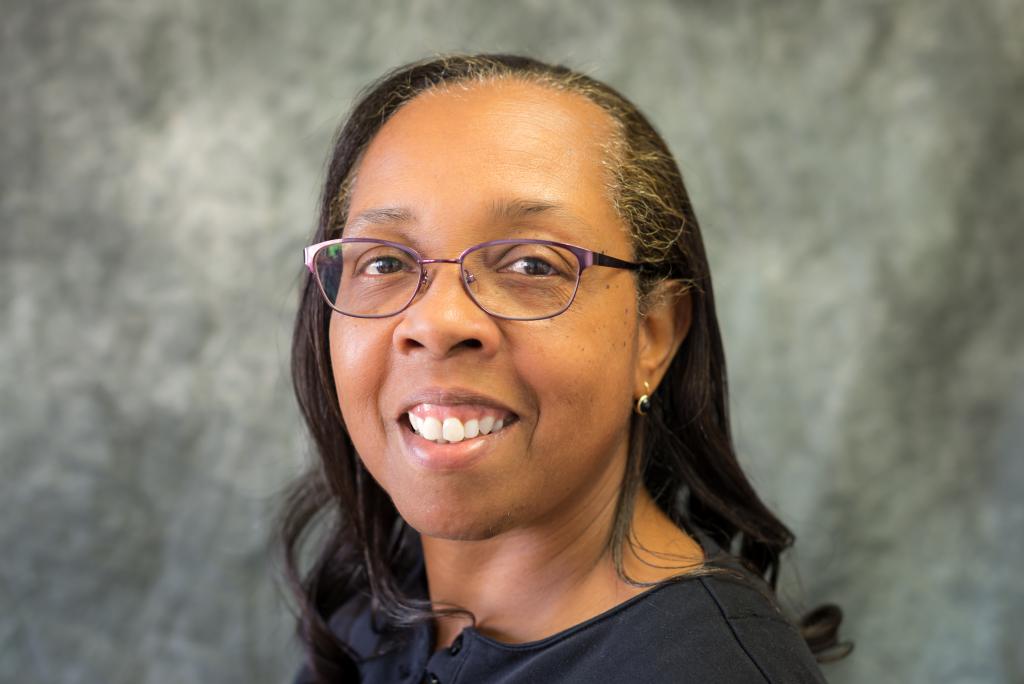Sickle Cell Disease Awareness: How to Help Your Students
Susan Ward discusses how educators can better support and care for their students with sickle cell disease.

Share
September 16, 2024
Susan Ward discusses how educators can better support and care for their students with sickle cell disease.
Share
As we enter the fourth year recognizing Sickle Cell Awareness Month, let’s look at this genetic disorder in another light. Moving into the new school year, we look forward to many things: meeting new students, filling them with knowledge and a sense of self-awareness, and maybe how we can utilize artificial intelligence in our planning.
It will be fun, exciting and eventful for many reasons. Educators will also learn new and interesting facts, such as how to care for their sickle cell disease students. I would like to share some insights from the perspective of an SCD student.
When my youngest child Kari, who was born with sickle cell disease, entered kindergarten, she was hospitalized several times during the school year. She would return to the classroom apprehensive, shy and unsure of her place among the other kids. Her fears were slowly alleviated over time due to her wonderful teacher, Ms. Toni. In her own way, this amazing person taught her young pupils empathy and understanding, not just for Kari but for each other. She created an atmosphere of acceptance and openness for each child. The first time Kari was hospitalized, her return to the classroom was greeted with handmade “Welcome Back” cards from each classmate. Her classmates were happy to see her, and it made her happy, too.
It’s important to really see your student and recognize signs and symptoms of illness. It could mean the difference between life or death.
This wasn’t always the experience as she moved through the higher grades. The SCD student at the elementary school level can thrive if their educators and their parents communicate at the beginning of the school year regarding the child, the disorder and how to make the year a success for all. I have encountered educators who didn’t have a clue about SCD and its severity. These conversations taught me patience and emotional control. It’s important to really see your student and recognize signs and symptoms of illness. It could mean the difference between life or death.
Unless a person lives with or is associated with someone who is afflicted with any condition that causes constant illness (a grandparent with heart problems, perhaps?), they will not understand the implications of being sick. There are many people who do not know about SCD. The simple medical definition of SCD is an inherited blood disorder that causes red blood cells to become hard and sticky and shaped like a C or sickle. Although it is believed that sickle cell only affects African Americans, it also affects several groups of people, such as people of African descent, Hispanic Americans, as well as people from Mediterranean, Middle Eastern, Indian and Asian descent.
A crisis can be initiated by sickle cells passing through blood vessels getting stuck and blocking blood flow, which causes pain. The blockage can lead to more aggressive and serious pain such as chest pains (possible strokes), vision problems, priapism, organ damage and failure. Children begin experiencing these crises as early as 5 months old.
Sickle cell anemia (HbSS): This is the most common and severe type of sickle cell disease.
Sickle cell hemoglobin C disease (HbSC): Symptoms are usually milder than other types of sickle cell disease.
Hemoglobin S beta-thalassemia: This type is most common in people of Mediterranean descent.
It is very rare for SCD students to call attention to these medical frailties because they are embarrassed or may not want their peers to know they are sick once again.
Your SCD student may display symptoms of fatigue, ashen skin, swelling of hands and/or feet, and problems breathing, just to name a few. A crisis may be prompted by many factors, including extreme weather conditions (hot or cold), strenuous activity, not enough fluids, and sometimes stress or other triggers. Just imagine being absent from school for two weeks and needing to catch up on the work. It is very rare for SCD students to call attention to these medical frailties because they are embarrassed or may not want their peers to know they are sick once again. My daughter would force herself to engage in activities; but later, we’d have to rush to the hospital because her symptoms escalated.
For children who suffer with the most severe type of SCD, there will be several hospital stays throughout the year. Although there are medicines that can help them, there are none that cure SCD. Once a child returns home from the hospital, their body begins recovery from the pain and lack of sleep. By the time they return to school, they are sometimes not accepted by their peers. They can be overlooked, taunted and soon made to feel like outcasts. This is on top of being behind in their schoolwork.
By the time SCD students reach middle school, they are more comfortable with their condition and are better equipped to manage it; understand the symptoms of an oncoming crisis; and make a good decision for their health, such as answering the question, “Should I go on the class trip, or should I stay home? I feel pain in my back.”
Becoming familiar with your SCD students is the best thing an educator can do for all involved. Have a conversation with them, learn more about your students, and you will then know how you can assist them through the school year. It will make life so much easier for SCD students during their time with you and their new classmates.
Information on SCD and how educators can assist are more available now than ever before. Review the following links for useful ways to help your SCD students:
Let’s keep in mind that loneliness and feelings of inadequacy can hold true for any illness, not just sickle cell disease. These feelings can also be attributed to children who are living through housing or food insecurities. Children are compromised on many levels; we must be able to recognize their problems and address them.
To get a better understanding of the life of a sickle cell patient, watch the New York Times sickle cell disease documentary.
Whether you're a seasoned educator looking for fresh ideas or a new teacher seeking guidance, this collection offers something for everyone. Together, we can make education a shared responsibility and a journey of growth for students, teachers and caregivers alike.
Want to see more stories like this one? Subscribe to the SML e-newsletter!
